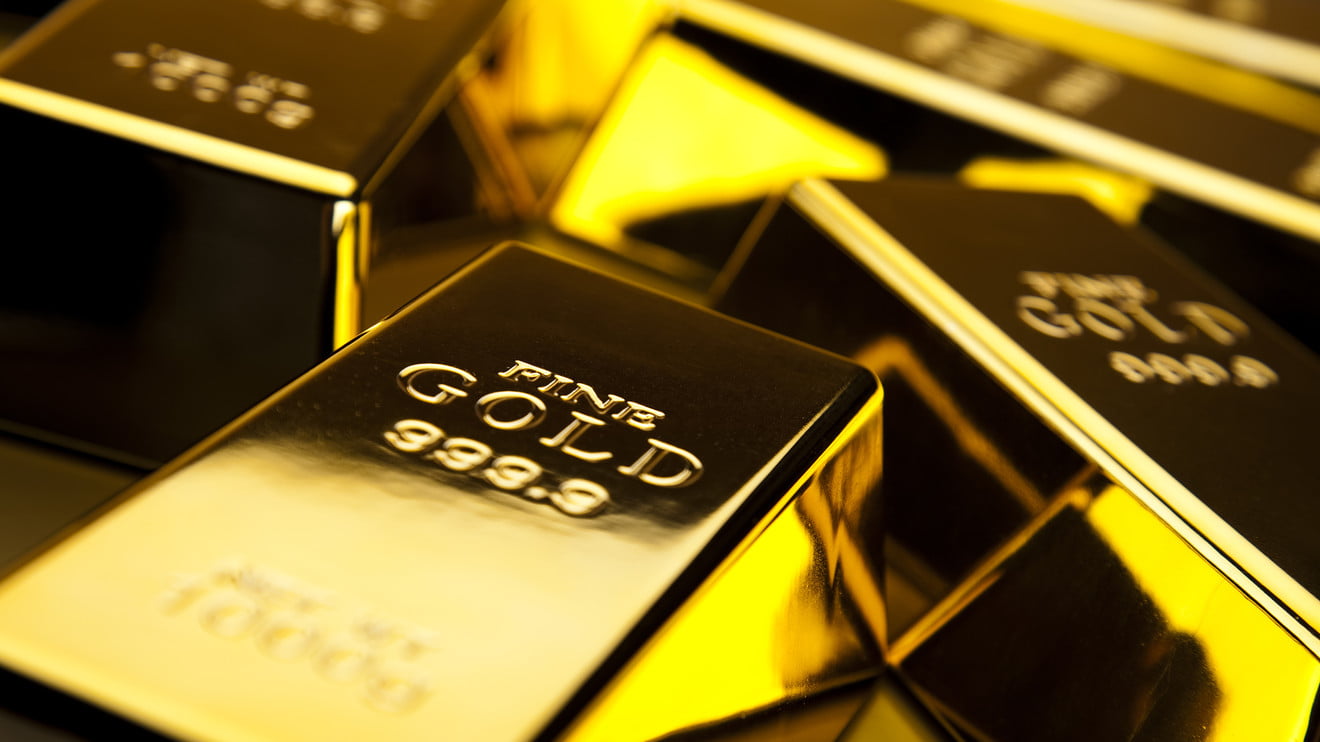
Gold is one of the most highly-desired and useful metals in the world. Not only can it be beautifully shaped and sculpted, the precious yellow metal conducts electricity and does not tarnish. These qualities make it the metal of choice for the industrial, medical and technology industries, just to name a few.
Arguably no other metal has been held in higher esteem throughout history, with almost every established culture using gold to symbolise power, beauty, purity and accomplishment.
Today, gold still occupies an important place in our culture and society – we use it to make our most prized objects: wedding rings, Olympic medals, money, jewellery, Oscars, Grammys, crucifixes, art and many more.
1. My precious: Gold has been used to make ornamental objects and fine jewellery for thousands of years. Today, up to 80 per cent of the gold that is newly mined or recycled is used in jewellery manufacture. One reason the lustrous metal is such a popular jewellery choice is because of its malleable properties – it can be drawn into wires, hammered into sheets and/or cast into shapes. Pure gold, which is very soft, is known as 24 karat gold. It has to be forged with other metals such as copper, silver and platinum to increase its durability.
2. Money, money, money: Gold doesn’t just signify jewellery value – it has also long been used as a medium of exchange or money. The first known use of gold in transactions dates back more than 6000 years – gold coins were minted under the order of King Croesus of Lydia (a region of present-day Turkey) in about 560 BC. The rarity, usefulness and desirability of gold make it a substance of high value, plus it’s durable, portable and easily divisible. Today, many governments, individuals and institutions hold investments of gold in the convenient form of bullion.
3. The electronic age: Did you know your iPhone is a virtual gold mine? Well, not quite – mobile phones contain about 0.034g of gold, worth about US$1.82 at today’s prices. Arguably the most important industrial use of gold is in the manufacture of electronics. Gold is a highly efficient conductor which can carry tiny currents and remain corrosion-free. It is used in connectors, switch and relay contacts, soldered joints, connecting wires and connection strips. What’s more, aside from your trusty iPhone, you’ll find gold in calculators and most large electronic appliances – even your standard desktop or laptop computer and your TV.
4. Oh what pretty teeth: The use of gold in dentistry dates back to early as 700 BC, when Etruscan “dentists” used gold wire to fasten replacement teeth into their patients’ mouths. Pretty! Gold is primarily used in dentistry because of its superior performance and aesthetic appeal – after all, a rusty iron smile might not look too hot. Gold alloys are also used for fillings, crowns, bridges and orthodontic appliances because the precious metal is non-allergenic and easy to work with.
5. To infinity and beyond: Gold truly is a metal of the future – look no further than its use in aerospace. If you are going to spend billions on a space vehicle that, when launched, will travel on a voyage where the possibility of lubrication, maintenance and repair is absolutely zero, then building it with extremely dependable materials is paramount. This is exactly why NASA uses gold in hundreds of ways in every space vehicle it launches. Clearly, gold’s importance as a multi-use metal cannot be overstated.
[“source=mecmining”]

